Latent fingerprints can be developed using various physical and chemical techniques. However, in some conditions, the temperature of a crime scene or a surface on which the latent print is deposited can differ from normal temperature. This study was conducted with the goal to observe the effects of temperature on various non-porous surfaces using different developmental techniques. Powder method, small particle reagent (SPR), iodine fuming, and ninhydrin method were used. It was observed that development of fingerprints differed with temperature (reducing the temperature decreased the fingerprint quality). Additionally, fingerprint powder dusting gave best results. Furthermore, it was observed that the fingerprints developed on their own (without the need of any post-treatment) when the temperature was increased to 500-7000C.
The little whorls, ridges, and valley patterns on the tips of each finger are known as fingerprints. They are unique, immutable, and classifiable in nature. There is one in 64 billion chance that an individual’s fingerprint will match exactly with someone else. Fingerprints present at the scene of crime (SOC) may be latent (hidden) or patent (visible). Latent fingerprints can be developed using fingerprint powders, iodine fuming, and chemical methods (ninhydrin, cyanoacrylate fuming, silver nitrate, and small particle reagent). The current research work was undertaken with the goal to study the (i) effect of surface temperature on fingerprint development and (ii) effect of different temperatures on fingerprint development. In both the objectives, different temperatures and surfaces were considered. It was observed that reduction in surface temperature decreased the fingerprint quality. Additionally, at very high temperatures (5000, 6000 and 7000C), latent fingerprints developed on their own due to heat (without any post-treatment).
Sachin Pal
M.Sc. Forensic Science Batch 2020-22
Contact - sachinpal.sp20@gmail.com
Supervisor - Jaisleen Kaur



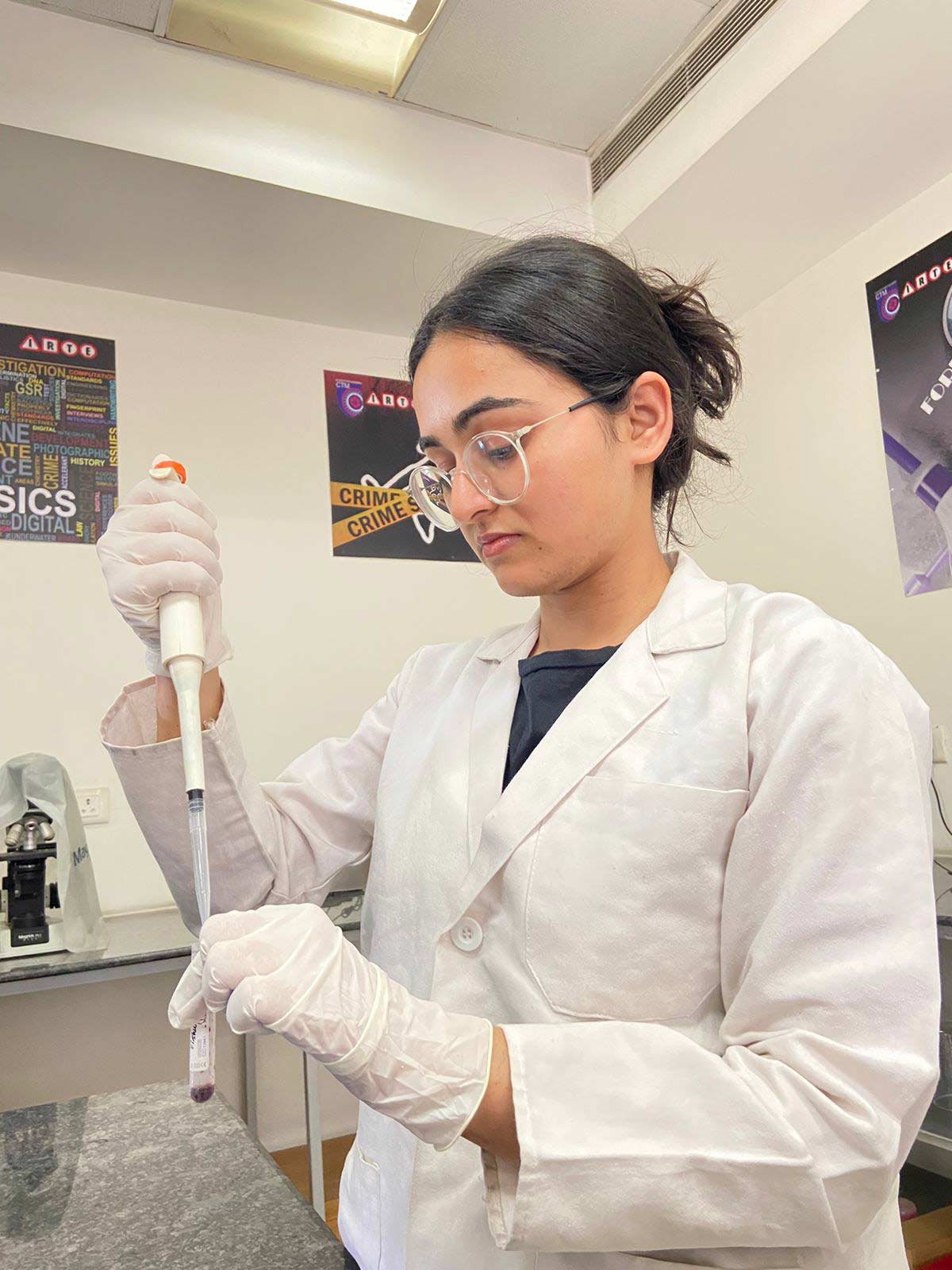
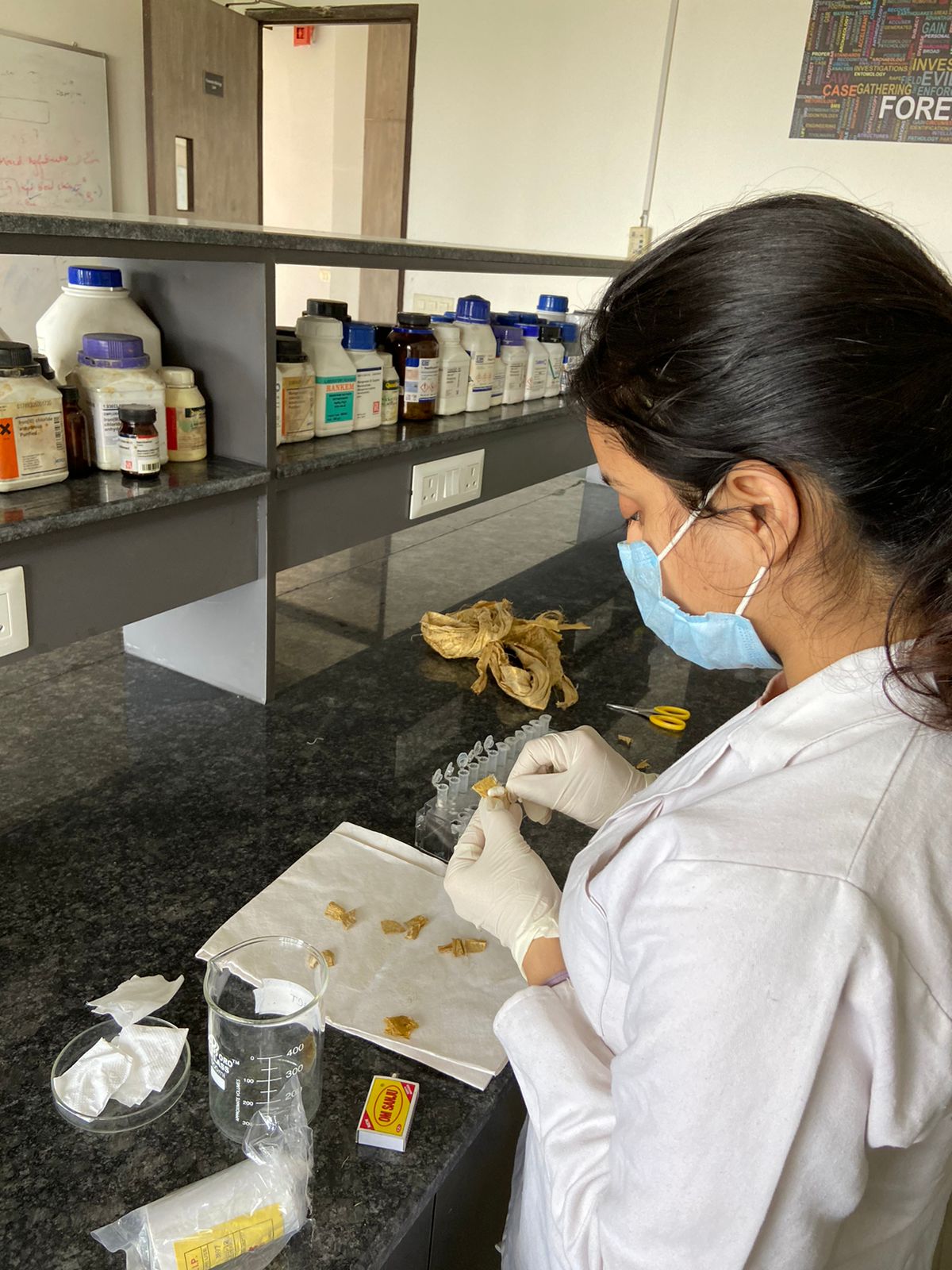
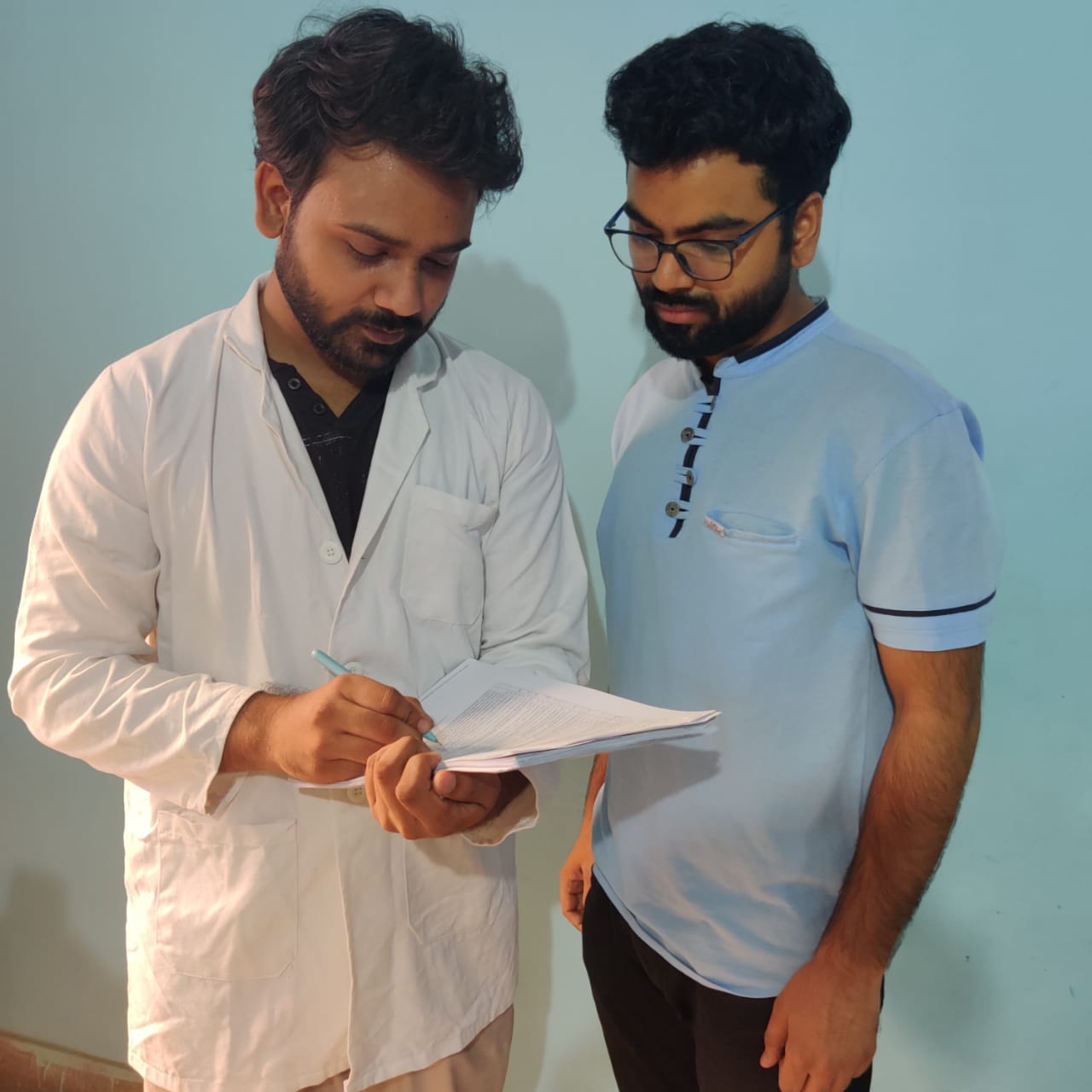
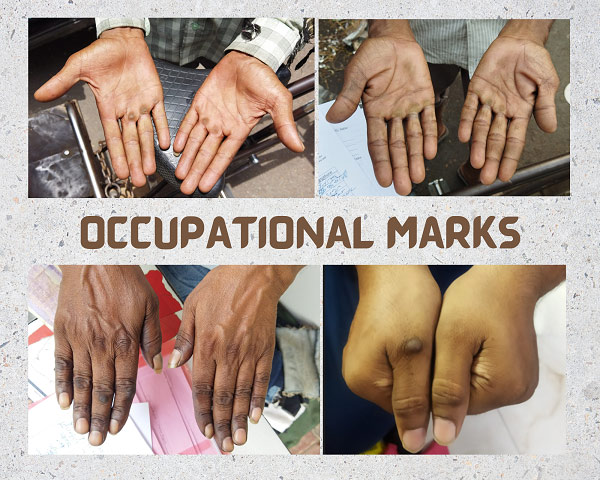
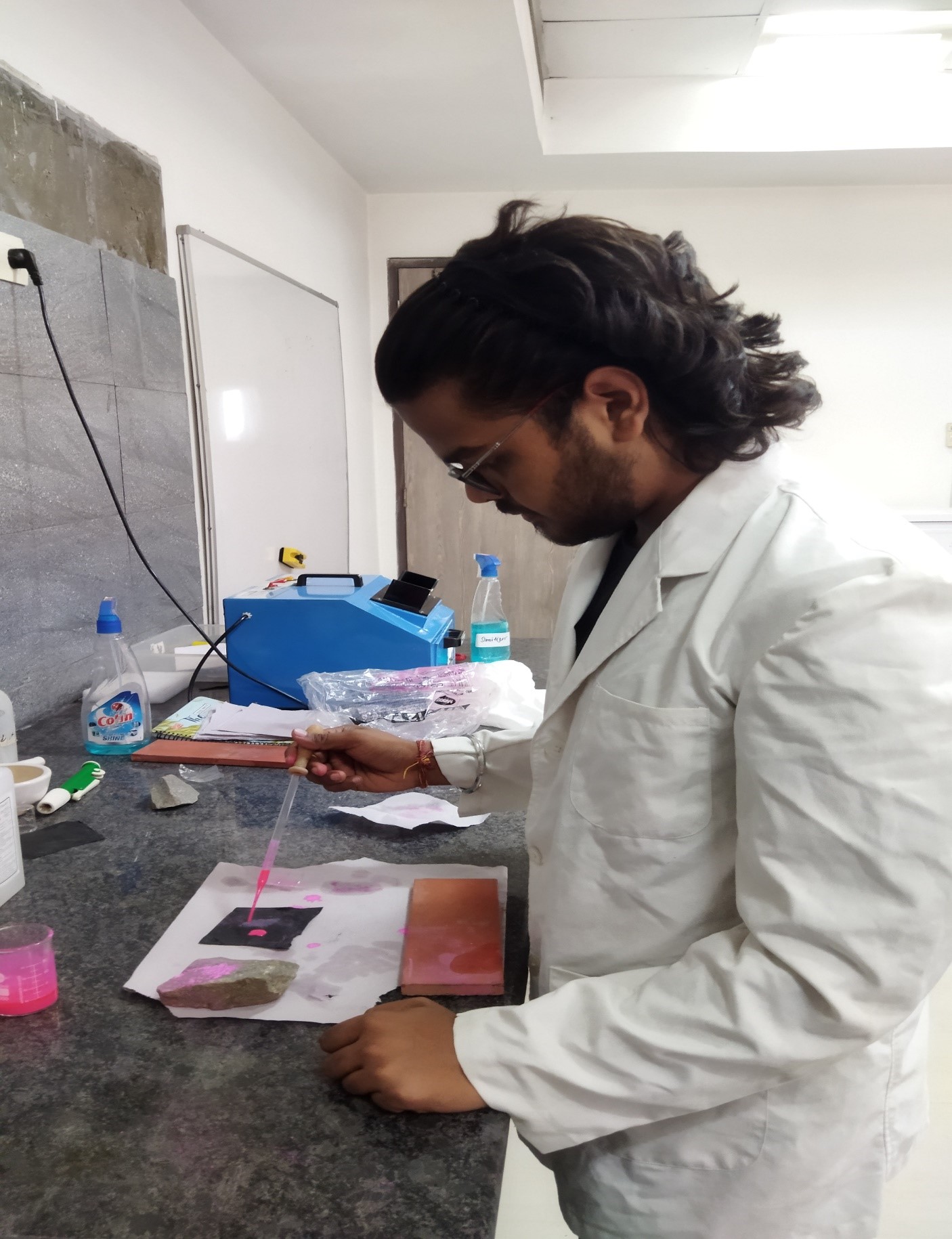
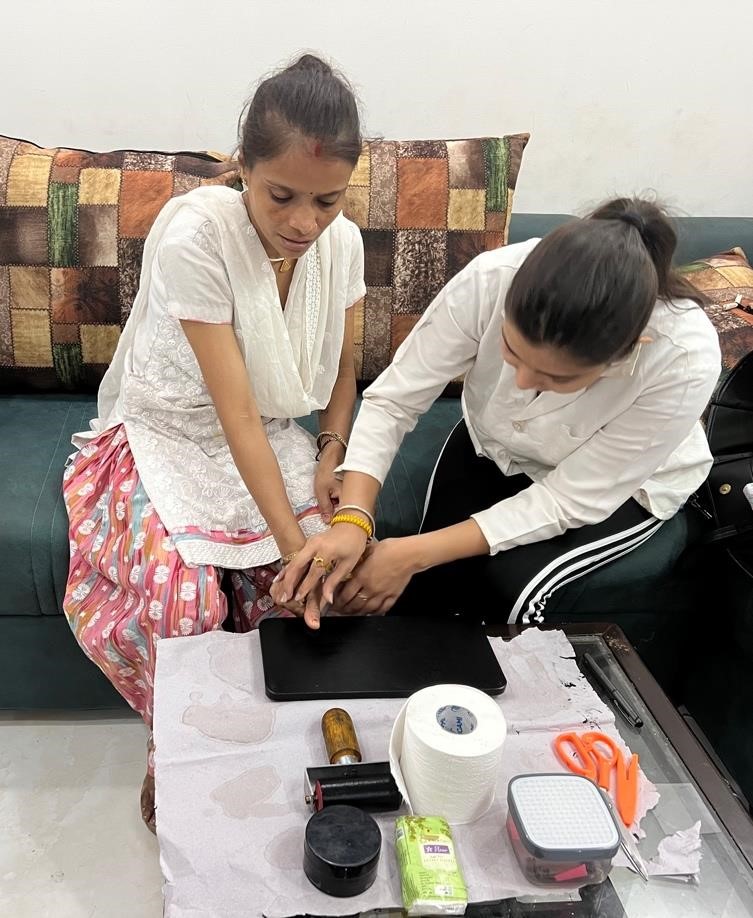
No Comments